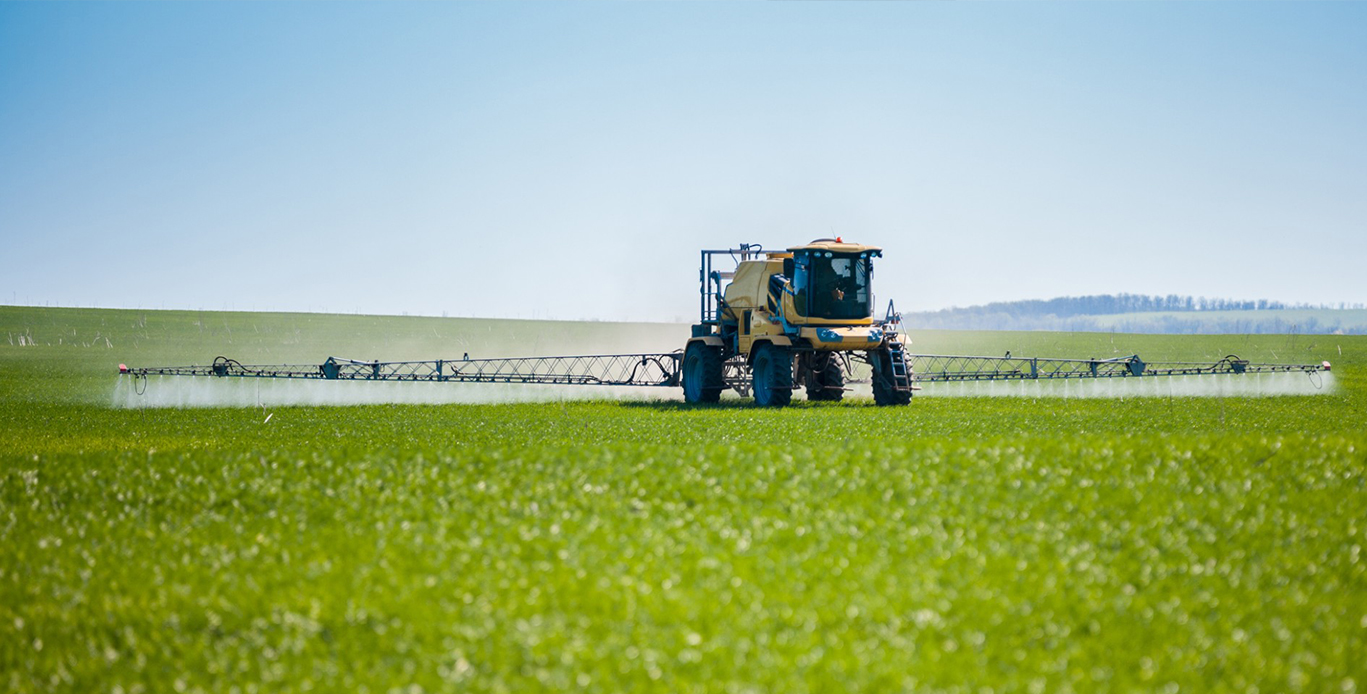Get a Free box of Gummies ($120 value) when you spend $200 or more. Now through Monday

By Ken Swartz, MS
You may have seen headlines about glyphosate in food and wondered what it means for the safety of your daily meals. This common herbicide, widely used on crops like oats, wheat, and soy, can leave trace residues that often go unnoticed. While regulatory agencies maintain that these levels remain well below harmful limits, many consumers are looking for ways to minimize exposure.
In this article, we’ll explore where glyphosate can appear in our food, clarify common labeling terms, and provide practical strategies for choosing organic and glyphosate-tested options. By understanding these details, you can make informed choices that support both your health and your family’s well-being.
Glyphosate is a common weed killer that has been around since the 1970s. Farmers use it to control weeds because it is considered affordable and has been proven effective in helping to manage the yield of certain crops, including corn and soybeans.¹
So, how does glyphosate enter our food chain? Well, when crops are treated, trace amounts of glyphosate can find their way into the food we consume.² This does not imply that the food is unsafe; however, it indicates that glyphosate in food is more common than many of us are aware of. On a global level, the government imposes stringent limits to ensure that levels remain significantly below what is deemed harmful.
According to the USDA Pesticide Data Program (PDP), a federal program that tests thousands of foods each year, the crops most likely to contain small amounts include the following:3,4
Consumer groups, like the Environmental Working Group (EWG), have also found glyphosate in everyday products such as oat cereals and granola bars, as well as non-organic chickpeas and hummus.4 While the levels may be low, these foods are often staples in our diets, which is why we as consumers need to be aware of what we are purchasing.
Also, agencies like the U.S. Environmental Protection Agency (EPA) and Health Canada test glyphosate levels and set legal limits to make sure what’s on our plates stays safe⁵-⁷.
The USDA’s PDP program plays a big role here, checking foods every year and publishing public reports³.
In the U.S., there are no mandatory labeling rules specifically for glyphosate residues. This means conventional foods containing tiny amounts of glyphosate are not required to list it on the package. Here are some definitions to help you understand some of the labeling lingo.
Since glyphosate isn’t required to be listed on packaging, here’s how you may be able to identify foods with minimal residues:
Organic farming rules don’t allow glyphosate or other synthetic herbicides. That means when you purchase organic oats, organic pasta, or organic soy products, you’re likely cutting down on your exposure.
That doesn’t mean organic is completely chemical-free. Sometimes pesticides blow over in the air from nearby farms, or natural pesticides approved for organic farming are used. But overall, choosing organic may reduce your exposure compared to eating only non-organic foods.
Many people choose organic for simple, everyday reasons:
Glyphosate doesn’t just affect our food, it can also influence soil microbes, nearby plants, and water systems when it runs off contaminated fields.² Organic farming avoids these chemicals, supporting the quality of our water, soil, and even our wildlife.⁹ Choosing organic can be a win for both your health and the health of our environment.
Research and monitoring continue to track glyphosate in foods and the environment. Programs like the USDA PDP and biomonitoring studies help keep consumers informed and safe.3,7
Great to note is that the market for organic food continues to grow, making healthy and safer options available, and the organic market continues to grow, offering more options than ever.
Eating a balanced diet that includes organic products and other whole organic foods, while limiting ultra-processed foods, should be a priority and can reduce exposure to glyphosate in foods.
Choosing organic or verified glyphosate-free foods can be a practical way to reduce exposure, particularly in grains like oats, wheat, and soy. While conventional foods are generally safe and regulated to keep chemical levels very low, organic and tested options provide an extra layer of protection. Even if fully switching to organic isn’t possible, strategies like selecting organic, eating a varied diet, and supporting local farms can make a meaningful difference. By understanding labels and being thoughtful about food choices, you can protect both your health and your family’s health and wellness, too!
Disclaimer
*These statements have not been evaluated by the Food and Drug Administration. These products are not intended to diagnose, treat, cure, mitigate, or prevent any disease. Individual results may vary.

Ken Swartz, MS is the co-founder, Chairman Emeritus, and former Chief Science Officer at
C60 Power, a health and wellness company committed to delivering the highest quality Carbon 60 products available.
Ken earned a Master of Science degree from the University of Colorado at Denver and a Bachelor of Science in
Economics from Arizona State University.’
References